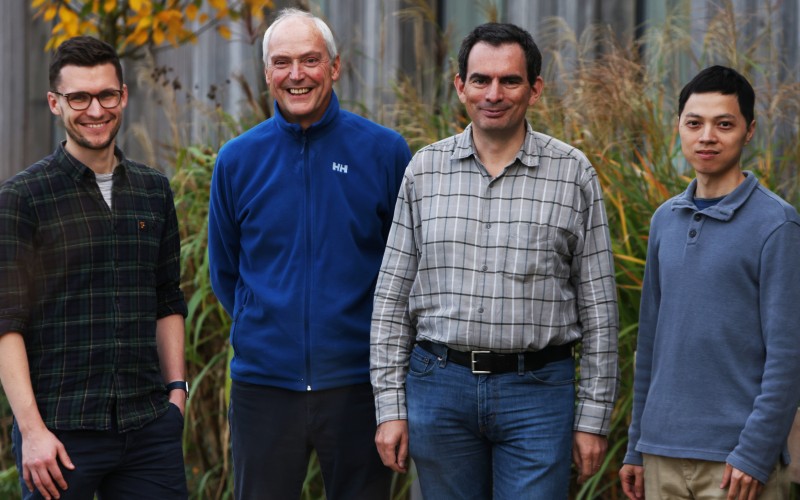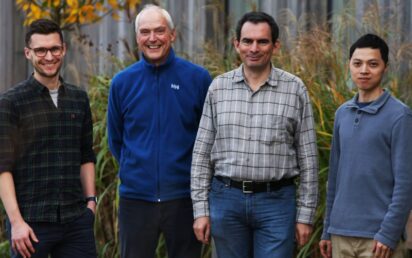AI accelerator startup Lumai has secured over £7.7m to double its headcount, expand its US presence and advance its product development.
The company, which spun out of the University of Oxford in 2022, is using optics to address global computational challenges.
Its optical computing technology is looking to help AI data centers dramatically reduce costs and boost performance, whilst minimising energy consumption.
The round was led by VC investor Constructor Capital and supported by existing investor IP Group, alongside new investors PhotonVentures, Journey Ventures, LIFTT, Qubits Ventures, State Farm Ventures, and TIS Inc.
With data center power use in the US expected to triple by 2028, consuming up to 12% of the country’s power, Lumai says the time is now to address the performance and sustainability challenges plaguing the industry.
“The future of AI demands radical breakthroughs in computing. The cost of current LLMs is unsustainable, and next-generation AI won’t happen without a major shift,” said Tim Weil, CEO and co-founder at Lumai.
“Lumai’s innovative optical computing design overcomes the scalability challenges that have held others back and dramatically reduces power consumption, which will drive down the cost of AI.”
Dr. Serg Bell, founder and chairman of Constructor Capital, added: “Life and intelligence are a large carbon-and electron-based neural model trained over 2 billion years.
“Fossil fuels are a byproduct of this evolution, and they may not generate enough energy to create a better model if we continue using electron-based computation. We need more efficient, faster energy sources for the next generation of humanity’s neocortex: artificial general intelligence.
“Photons are the only known choice. Lumai’s technology is a significant step forward in improving matrix multiplication, similar to the advancements quantum computers offer for other computational scenarios.”
Turbulent times at Redcentric as CEO steps down after 2 months


